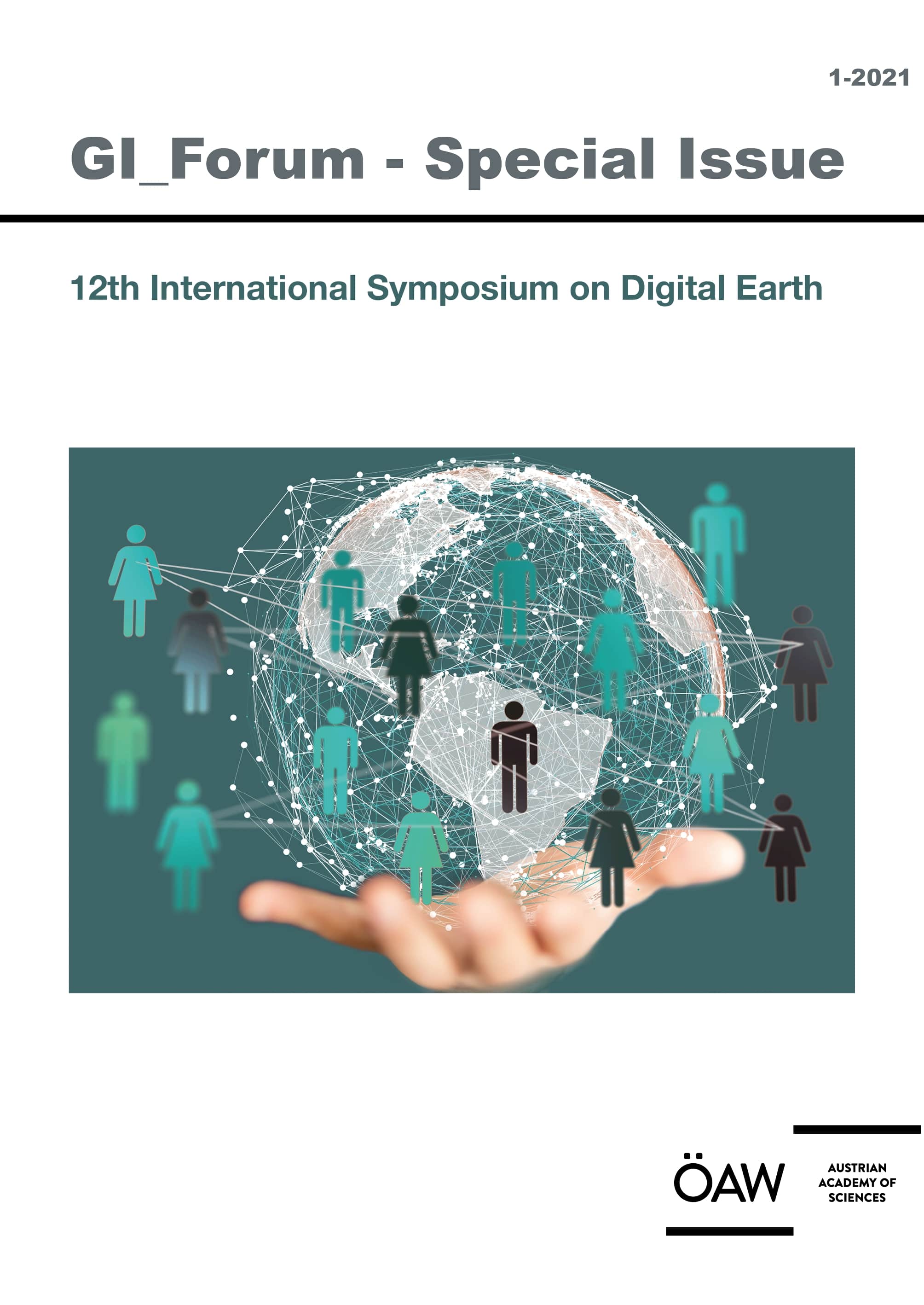 |
 |
Thomas BLASCHKE - Josef STROBL - Julia WEGMAYR (Eds.)
GI_Forum 2021, Volume 9, Issue 1
12th International Symposium on Digital Earth
Manuela Hirschmugl,
Carina Sobe,
Lorenzo Traverso,
David Cifuentes,
Alfonso Calera,
Cosette Khawaja,
Marco Colangeli
S. 120 - 129 doi: 10.1553/giscience2021_01_s120
Verlag der Österreichischen Akademie der Wissenschaften doi: 10.1553/giscience2021_01_s120
Abstract:
Sustainable Development Goal (SDG) target 7.2 requests a substantial increase in the share of renewable energy in the global energy mix by 2030. Renewable energy production in all sectors has to be evaluated for its contribution to reach this target. Biomass for energy production has gained a bad reputation over the past years due to the “food versus fuel” debate or reported unsustainable practices. The BIOPLAT-EU project is employing geoinformation technologies combined with sustainability and economic expertise to more accurately evaluate the sustainability of bioenergy value chains. The project has three main parts: first, the generation of a pan-European map of marginal, underutilized, and contaminated (MUC) lands potentially usable for bioenergy production. This is realized by employing remote sensing time series, existing Copernicus, and other spatial data sets. Second, the generation of a web-based geographical information system (GIS) connecting the MUC lands with other important information sources necessary to assess sustainability. Thisrd, the sustainability assessment includes not only typical social and environmental sustainability indicators like soil, water, or greenhouse gas emissions, but also economic sustainability indicators like employment. Current financial barriers are addressed by integrating innovative financing solutions considering SDG target 12.A.
energy, sustainable production, biomass supply, time series, webGIS Published Online:
2021/06/29 10:33:53 Object Identifier:
0xc1aa5576 0x003c9b64
Rights:https://creativecommons.org/licenses/by-nd/4.0/
GI_Forum publishes high quality original research across the transdisciplinary field of Geographic Information Science (GIScience). The journal provides a platform for dialogue among GI-Scientists and educators, technologists and critical thinkers in an ongoing effort to advance the field and ultimately contribute to the creation of an informed GISociety. Submissions concentrate on innovation in education, science, methodology and technologies in the spatial domain and their role towards a more just, ethical and sustainable science and society. GI_Forum implements the policy of open access publication after a double-blind peer review process through a highly international team of seasoned scientists for quality assurance. Special emphasis is put on actively supporting young scientists through formative reviews of their submissions. Only English language contributions are published.
Starting 2016, GI_Forum publishes two issues a Year.
Joumal Information is available at: GI-Forum
GI_Forum is listed on the Directory of Open Access Journals (DOAJ)
|




 Home
Home Print
Print
 References
References
 Share
Share
